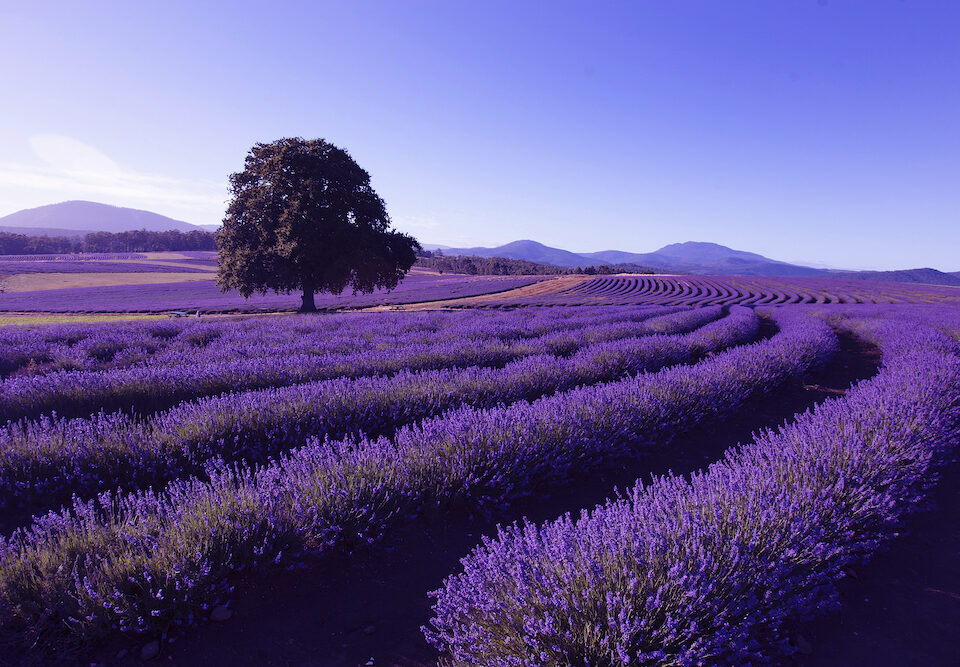Lavender farming in Kenya is a hidden gem within the agribusiness sector, offering a lucrative venture for farmers looking to diversify. Despite its low visibility compared to other crops, lavender’s high demand in industries such as cosmetics, pharmaceuticals, and essential oils makes it a valuable plant for farmers who are ready to explore non-traditional crops. This article delves into lavender farming, providing insights on its cultivation, harvesting, and market potential in Kenya.
Overview of Lavender Farming in Kenya
Lavender, a flowering plant that belongs to the mint family, is revered for its aromatic qualities and medicinal properties. It’s a versatile crop, used in products ranging from perfumes and skincare items to medicines and herbal teas. Despite its global popularity, lavender farming in Kenya remains largely untapped, primarily carried out by small-scale farmers.
Varieties of Lavender Grown in Kenya
There are several varieties of lavender suited for Kenya’s diverse climates:
- Spike Lavender
- Wooly Lavender
- Lavandin
- English Lavender
- Spanish Lavender
- French Lavender
Each variety has its unique qualities, from fragrance profiles to growth habits, allowing farmers to choose the best fit based on their market target and ecological conditions.
Ecological Requirements for Growing Lavender
To thrive, lavender requires specific growing conditions:
- Altitude: Lavender grows best at altitudes between 1,000 and 1,700 meters above sea level, making areas in the highlands of Kenya suitable.
- Soil: The plant prefers well-drained and aerated soils with a pH of 6-8. Lavender cannot tolerate waterlogged soils, so proper drainage is crucial.
- Sunlight: Lavender needs plenty of sunlight to flourish, making regions with abundant sunlight ideal for its growth.
- Water: Adequate water is necessary, especially during the early stages of growth. However, lavender is drought-resistant once established, making it a suitable crop for areas with moderate rainfall.
- Organic Matter: Soils rich in organic matter help lavender plants grow vigorously, making it important to enrich the soil before planting.
Land Preparation for Lavender Farming
Land preparation is crucial for lavender farming:
- Deep Ploughing: The land should be deeply ploughed to loosen the soil, enhancing aeration and water drainage.
- Weeding: Ensure the area is weed-free, as lavender plants don’t compete well with weeds for nutrients and water.
- Raised Beds: Lavender thrives in well-drained soils, and raised beds help in achieving this.
- Organic Manure: Incorporating well-decomposed organic manure improves soil fertility, setting the stage for healthy plant growth.
Propagation and Planting
Lavender can be propagated through seeds or cuttings, but most farmers prefer using cuttings from established plants as they grow faster than seeds. While lavender seeds require five weeks of cold stratification and months of growing time, cuttings can be transplanted once their roots have developed sufficiently.
Spacing:
- Within rows: 2-3 feet
- Between rows: 3-5 feet With this spacing, an acre can accommodate approximately 15,000 to 20,000 plants.
Pests and Diseases
One of lavender’s advantages is its natural resistance to pests and diseases. As long as proper farming practices and hygiene are maintained, infestations are rare. However, one common disease that affects lavender is Phytophthora root rot, which occurs in poorly drained soils. Ensuring the soil is well-drained and avoiding overwatering can prevent this disease.
Harvesting Lavender
Lavender is a slow-growing crop, taking anywhere between 2 to 5 years to fully mature. Harvesting is ideally done early in the morning when around 50% of the flower buds have opened, ensuring the highest concentration of essential oils.
The flowers are the primary harvested part, used in producing essential oils, dried flower bouquets, or for sale in the cosmetic and pharmaceutical industries.
Market Opportunities for Lavender in Kenya
Lavender is a high-value crop, and its market is steadily growing. Key buyers include:
- Cosmetic and beauty industries: Lavender is commonly used in making perfumes, skincare products, and essential oils.
- Pharmaceutical companies: Lavender’s medicinal properties make it a sought-after ingredient in herbal remedies and treatments.
- Hotels and spas: Lavender’s calming aroma is used in aromatherapy, making it popular in high-end establishments.
- Plant and flower markets: Lavender cuttings and mature plants are sold in local flower markets, plant shops, and even online.
Prices vary depending on the size and quality of the plant. For cuttings alone, prices range from Kshs 100 to 500, with larger and more mature plants fetching even higher prices.
Beyond local sales, lavender also holds potential for export, with essential oils being in demand globally. Farmers who produce high-quality oils can access international markets, where lavender products are highly valued.
Why Lavender Farming is a Smart Investment
Lavender farming is a promising agribusiness venture in Kenya for several reasons:
- Low Competition: Compared to mainstream crops like maize and tomatoes, lavender faces limited competition, allowing farmers to command higher prices.
- High Demand: With increasing demand for natural, plant-based ingredients in cosmetics, personal care, and wellness industries, lavender has a strong local and global market.
- Drought Resistance: Lavender’s drought resistance once established makes it a reliable crop for arid and semi-arid regions of Kenya, which are prone to unpredictable rainfall.
- Multiple Revenue Streams: Farmers can sell lavender plants, cuttings, essential oils, dried flowers, and value-added products, providing multiple avenues for income generation.
Lavender farming in Kenya is a largely untapped opportunity with significant economic potential. With proper ecological conditions, good farming practices, and access to markets, lavender can be a profitable agribusiness venture. For Kenyan farmers looking to diversify their farming portfolio or venture into high-value crops, lavender offers both local and international market opportunities.





